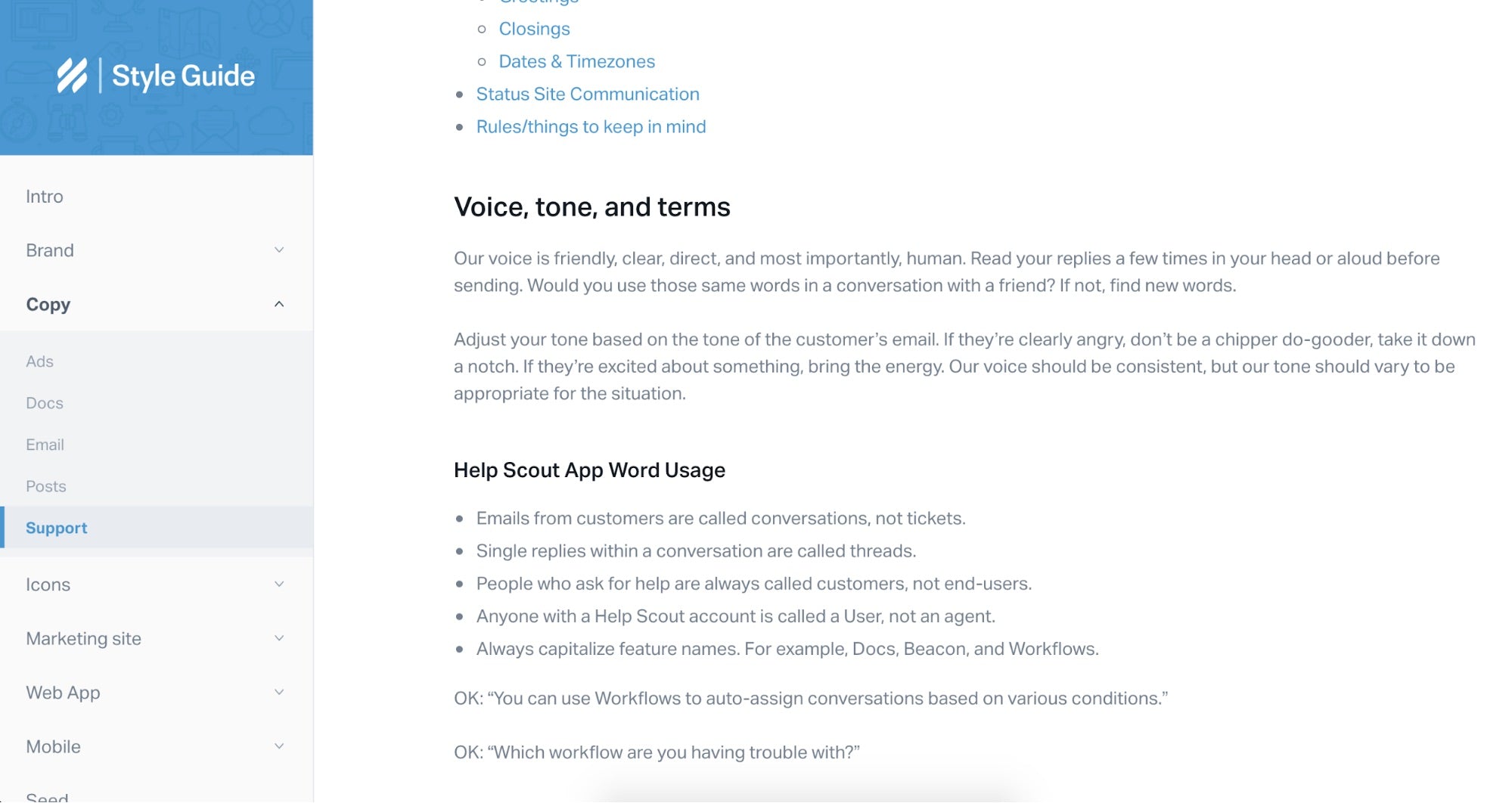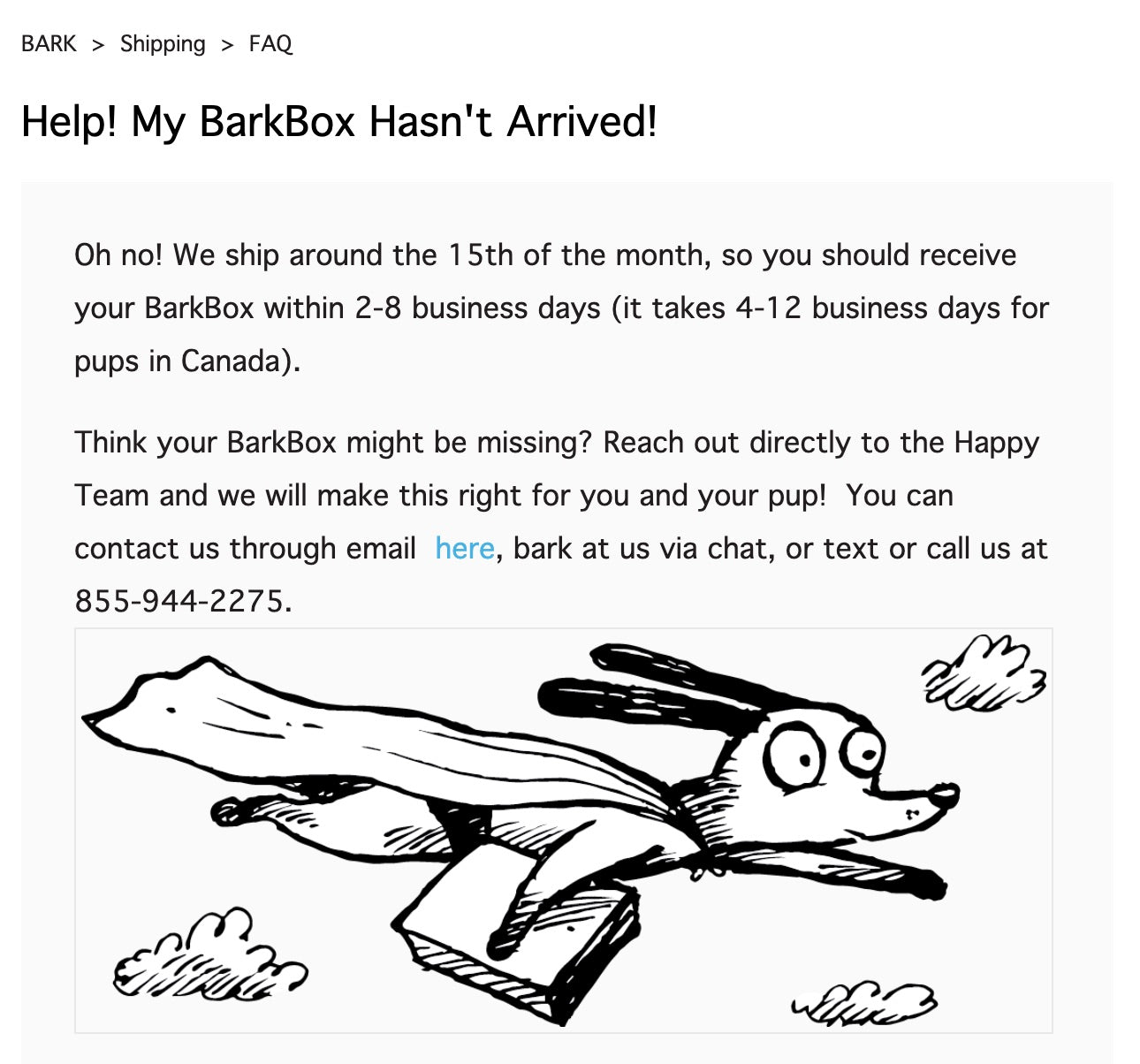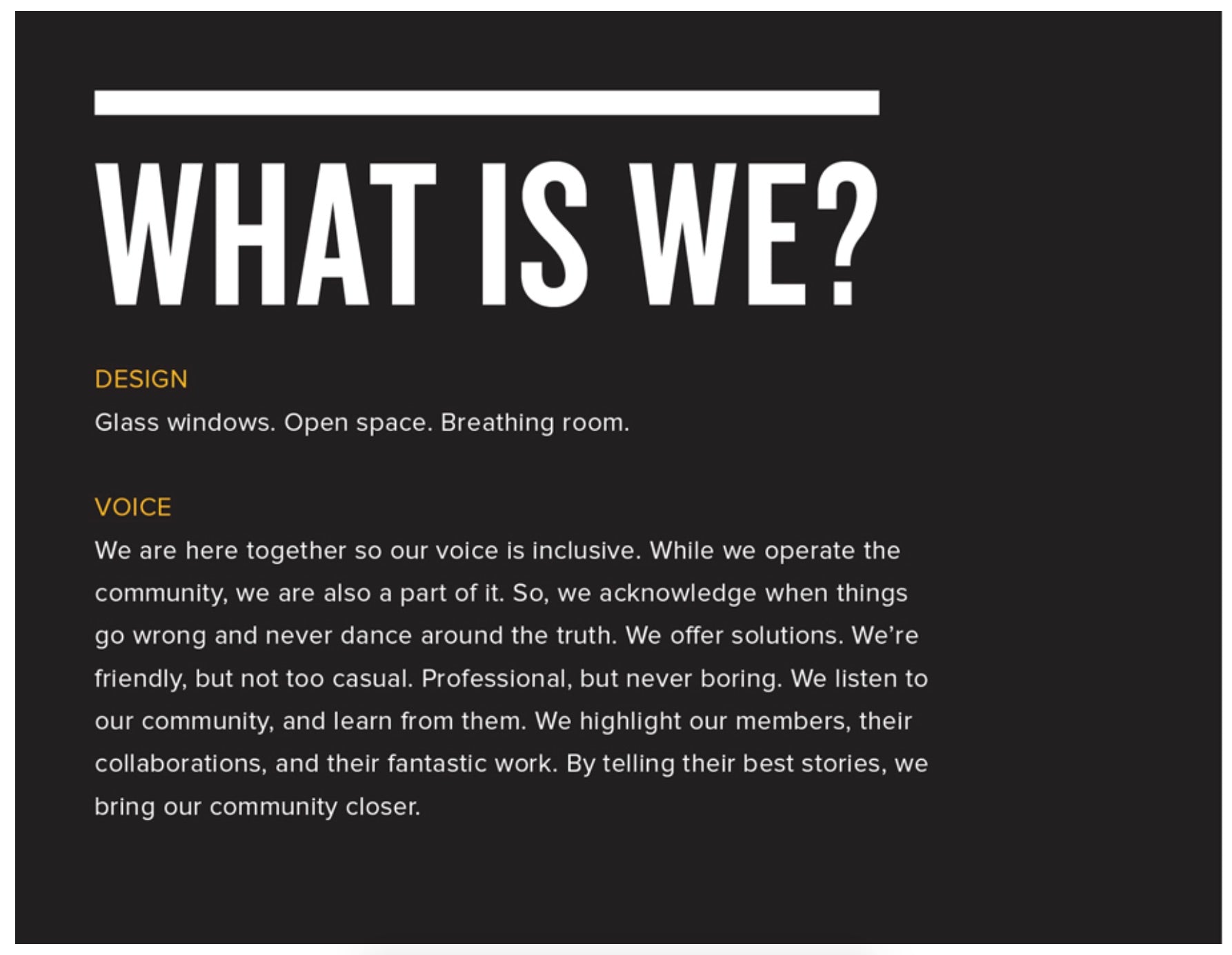Brand Guidelines and Style Guides sound like something only a big corporation would need. Not so. Every business – of any size must consider the presentation they make to potential customers. These “impressions” include your logo, every color you choose, every font you use, the tone of voice in your marketing copy, the style of your images and so much more. Your brand guidelines and style guide can save you valuable time – and keep your business image consistent – as you create pages, posts, and product listings, write marketing copy and share on your social channels.
In the following article from Shopify – you’ll find great ideas and examples to consider when creating guidelines and a style guide for your brand.
Written by Kiera Abbamonte, Shopify.com

Many small business owners feel branding is something they don’t need to worry about. But ensuring the consistency of a brand and its message is just as applicable to smaller operations as it is for more established companies.
Today’s customers expect businesses to be everywhere they are. That means your brand needs to shine and leave a strong impression in every place customers—and would-be customers—come across it.
What are brand guidelines?
Brand guidelines are the standards a business sets for the attributes of their public communication such as colors, fonts, voice, and design. Focusing on uniformity in your brand attributes and identity means everything customers see and hear from you evokes the same kind of feeling.
Creating a marketing message that is unmistakably, undeniably you requires consistency. That feeling is what sets your brand apart from your competitors. It’s what connects with customers and brings them back time and again.
Your own brand guidelines don’t have to be as complex and involved as those of massive global brands. After all, brand guidelines only yield a positive ROI if you spend the time upholding them. That’s why smaller businesses can benefit from “minimum viable brand guidelines.” Even a simple style guide can be enough to get you started.
Learning how to write a pared-down style guide will help ensure all of your marketing is consistent and on brand without going overboard.
What does a brand style guide look like?
Most business owners don’t have a full picture of what a style guide actually looks like, even if they’ve heard the term before. A brand style guide is a collection of rules for how your brand looks and sounds. It acts as a compass, ensuring all of your business’s design and writing point due north—wherever that means for you.
If you aren’t sure what to include in your brand style guide, here are a few of the most important things to cover:
- Your logo: specifics of its design and usage, including acceptable sizes and colors
- Brand colors: their specific shades and how and where they should be used
- Typefaces (or fonts): which ones can be used and where (i.e., headings and body text across your website, blog, and online store)
- Your ideal audience
- Voice and tone: how your brand “speaks” to its customers in written communication
- Social media guidelines: rules for how communicating with customers on social channels differs from other communications
These guidelines will break down into two main sections: visual style and written style.
Visual style
Your visual style dictates the look of your brand and marketing. A basic visual style guide includes rules for your logo, typeface(s), and color palette.

Medium’s visual brand skews toward a dark logo over light, pastel colors.
You may not need as many examples as Medium offers when you’re just getting started, but consider how your logo should appear on both light and dark backgrounds, and define the colors you’ll use consistently.The idea is to put thought into how you want your brand to look (and how you don’t want it to look).
Written style
Your written style defines how your brand uses words to communicate. It includes things like voice, tone, and specific audience considerations. Who buys your products, what outcomes do they hope to achieve, and what voice will resonate with them? Remember the style choices you make are for your audience, not for you.

One of most important things a written style guide does is explain how to find a balance between voice and tone (we’ll dig into the difference a little later). A well-defined voice can translate from tone to tone without losing its unique quality.
In the example above, note how Help Scout defines its voice as universally friendly, clear, and direct. That’s how Help Scout sounds across all mediums. Its tone, however, is made to adapt to and match individual situations. Those guidelines enable the Help Scout team to deploy a voice unique to their brand while still being considerate of the situation. As an example, being friendly and clear sounds different in a celebratory context than it does when speaking with a frustrated customer.
BarkBox is a great example of how your brand can sound like you, even when your tone changes. Take a look at how it’s voice translates from a social media post to a help article aimed at frustrated customers.

The language sounds like it came from the same place—and is an extension of the same brand—but it’s been adapted to do two distinct jobs. Both are lighthearted, but notice how the tweet uses humor while the support article takes a more direct approach.
How to create a consistent brand identity
Now that you’re more familiar with the building blocks of a brand style guide, let’s talk about how to ensure a consistent feel across those elements.
Many entrepreneurs have already honed in on the impression they’d like their brand to instill, but it takes deliberate effort to translate that feel across your marketing. It’s even harder to write it out so someone else can learn to communicate as your brand.
1. Write your mission statement
Creating consistency across different media and channels admittedly isn’t easy. The key is to connect each element of your brand’s style back to one central theme: your mission.

Photo courtesy of: Unsplash
A distinct and opinionated business mission acts as a center of gravity that influences everything your business does. Which products to carry, your marketing messaging, your pricing strategy—all of these decisions should be made with your mission in mind. The same goes for your brand guidelines.
Think about what your visual style says about your brand. Is it in line with your mission? How about the voice you use to speak to customers? What does it say about your brand?
For example, if your mission is to build inclusivity by fulfilling the needs of underserved segments of the market, your brand guidelines should outline rules for pronoun usage. If your mission is to humanize and democratize a complicated, arcane industry, your brand voice may lean toward friendliness and approachability over formality.
2. Define your brand voice and tone
One thing that can be tricky is defining your brand’s voice—specifically, parsing the difference between voice and tone. Your voice is constant. Your brand should always sounds like your brand, regardless of the channel or situation.

For example, Shopify’s brand voice attributes include:
- Confident, not arrogant
- Empathetic, not overprotective
- Transparent, not blunt
Those are the pieces that make up our brand voice—and they don’t change. Tone, on the other hand, is how your voice adapts to different situations. For example, the tone you use with a customer who’s just made a sale is different from how you’d speak to a frustrated customer.
3. Extend your brand to social media
A few years ago, most brands could get away with one set of guidelines, but the rise of social media has complicated things.

Much of what’s considered normal or acceptable on social media doesn’t always align with other communication channels—you’ll need to define a much different tone to strike a balance between adapting to the norms of social media and maintaining your brand voice. That’s why your style guide should address things like whether or not your brand uses emojis or abbreviations and what kind of images it shares.
We recommend adding a separate section of your style guide to define how your brand presents itself on social media. It’s helpful to specify:
- Your specific social media tone and how it changes based on the platform and situation. Support conversations on Twitter may need a different tone than comment replies on Instagram.
- Whether you use emojis, abbreviations, and slang.
- Guidelines on hashtag usage.
- Image guidelines (i.e., does the brand post or share memes?).
- Content guidelines: do you avoid posting about specific topics? Take a strong stance on others? What content formats do you skew toward (article links, original photos, customer generated content, gifs, etc.).
Brands with strong, public brand guidelines
Branding and brand identity can be tough concepts to wrap your mind around in the abstract. That’s why learning from the example of other brands can be helpful. Several brands, both large and small, post their guidelines publicly, so you can take a look and see what an established brand’s style rules look like.
Wolf Circus

Wolf Circus, a women-owned ecommerce business that sells handmade jewelry, offers a great example of a simple style guide that covers the absolute essentials (you can bet it’s a good deal more concise than Pepsi’s style guide) and provides all the necessary information to enable new employees and collaborators to represent the brand accurately.
Ben & Jerry’s

Ben & Jerry’s is a brand with a very distinct visual style—many recognize its flagship typeface even when it isn’t on the side of an ice cream pint. For a brand like Ben & Jerry’s, a lot of investment has gone into creating that distinct brand feel. Its style guide is all about defining the brand and ensuring the work put into it translates across all PR and marketing, down to the size of the font used in each heading.
WeWork

With more than 500 locations creating workplace experiences for businesses through their design and the physical layouts, WeWork had its work cut out for it when it came to building out a brand style guide. Fortunately, WeWork’s guidelines deliver by being clear, concise, and unafraid of addressing controversial points where its stance defines the brand.
If your business includes physical locations, the experience customers have there becomes part of your brand—and that should be part of your brand guidelines, too.
Brand guidelines keep your marketing consistent
If you’re wearing all the hats in your business right now, you might be able to go without brand guidelines for a time. But documenting the look and feel of your brand is one of the best ways to create consistency across all of your marketing, especially as you scale up and onboard more people.
As your team grows or your business attracts more attention, a simple brand style guide is the best way to communicate that look and feel to new people—so your brand never gets watered down.
Link to the original article: What are Brand Guidelines and How to Build a Style Guide
For more on this topic:




